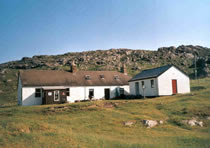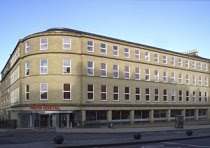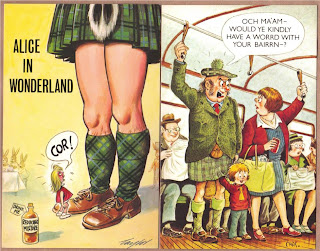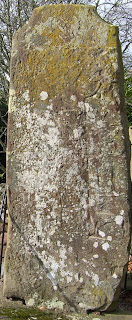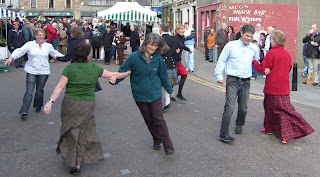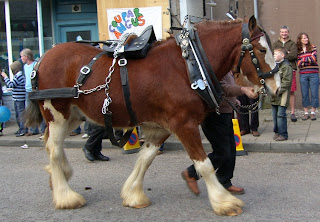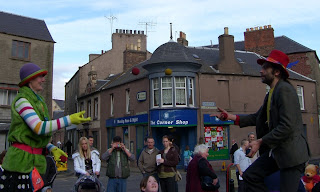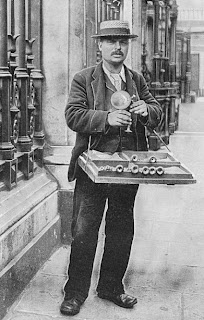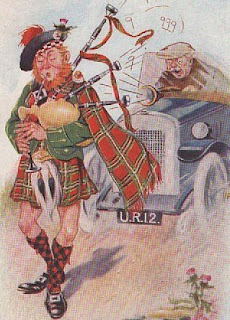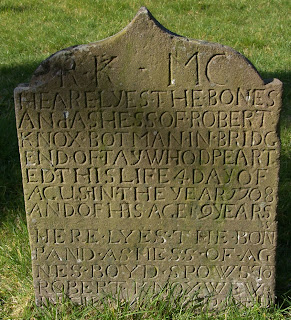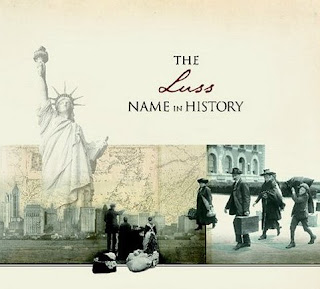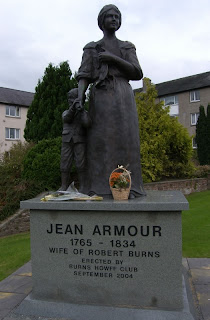
Best Scottish Tours of Redgorton.
Redgorton Parish Churchyard. Redgorton in 1846, a parish, in the county of Perth, 4 miles (W. by N.) from Perth; containing, with the villages of Bridgetown, Luncarty, Craighead, Cromwell-Park, and Pitcairn-Green, and part of the late quoad sacra district of Stanley, 1929 inhabitants. This parish comprehends the three ancient, and now united, parishes of Redgorton, Luncarty, and St. Serf's, which are supposed to have been formed into one about the period of the Reformation; the Presbytery records, which extend back to 1619, speaking of them as at that time consolidated. The original orthography of Redgorton was Rochgorton, a form used in a charter of King David preserved in the chartulary of Scone, in which he conveys the church to the abbey of Scone. The prefix of the present name, though probably created by the corruption of illiterate pronunciation, is yet a correct translation of the Gaelic prefix Roch, or Ruach, which signifies "red." Gorton, or Garton, implies "a little field;" and the whole word, Redgorton, or "the red field or field of blood," is generally considered as having been applied on account of the celebrated battle of Luncarty, which took place here. Of the three old parishes, that of Redgorton belonged to the abbey of Scone; to the parish of St. Serf, a name corrupted from St. Servanus, was attached the barony of Huntingtower; while Luncarty was a parsonage, not connected with any corporate or collegiate institution. The district was memorable in ancient times for military operations. The Roman station Orrea was situated at the confluence of the Tay and the Almond, in the parish; the traces of it are still visible, and it is supposed to have covered twelve acres of ground. Near this spot, Roman urns have been found containing ashes and burnt bones, particularly two of large dimensions, which some conjecture to have held the ashes of Aulus Atticus, who was killed in the celebrated battle with Galgacus, at the foot of the Grampian mountains, and of Agricola's son, who died in the eighth year of his father's expedition into Britain. A Roman road from Ardoch, on the ridge of Gask, leads to this station; and the piers that supported the bridge by which the Tay was crossed, are yet to be seen in the bottom of the river at this place. Orrea continued to be an important station throughout the twenty-five years that Lollius Urbicus was lieutenant in Britain, to A.D. 161; it is supposed to have been abandoned in the year 170, and again occupied, by the Emperor Severus, in 209. Altogether, it appears to have been in the hands of the Romans for about 125 years.
But the most interesting occurrence connected with the district is the memorable battle of Luncarty, which was fought about the year 990, in a field on the banks of the Tay, two miles above the mouth of the Almond, and in which a signal victory was obtained by the Scots, under Kenneth III., over the Danes, through the valour of the peasant Hay and his two sons. The Danes, having landed a great force at the mouth of the Esk, took and destroyed the town and castle of Montrose, and slaughtered all the inhabitants. Thus successful, they were about to lay siege to Perth, then called Bertha; upon which the King, having received intelligence of their invasion, hastily marched from Stirling, and fixed his camp upon Moncrieff hill, attended by his nobles, retainers, and many countrymen who had followed him. Hearing, however, of the danger which threatened Perth, he immediately marched thither, passing the enemy, and taking up his station at Luncarty. After some skirmishing, the Danes came down from an eminence on which they had posted themselves; and a general and desperate engagement took place, which issued in the precipitate flight of the main body of the Scots, both wings having been previously routed. At this critical time, a man named Hay, who was working in an adjacent field, observing the panic of the Scots, who were vigorously pursued by the Danes, seized the yoke of his plough, and taking his two sons who were then with him, and who each seized whatever implement they could lay hold of, they all crossed the shallow part of the Tay, and by remonstrances and threatenings stopped the flight of their countrymen. By some prodigious efforts of valour, these three men checked the fury of the Danes, and gave the Scots an opportunity of rallying upon an eminence which still retains the name of Turn-again hill, when, several fortunate circumstances occurring to the Scots, in the renewed conflict, the Danes were completely routed. Their general, who was the King himself, was slain; and there is a stone yet remaining, which bears the name of Denmark, raised on the spot to perpetuate the memory of his fall. The monarch is said to have immediately given Hay his choice of the territory that could be traversed by the greyhound's course, or compassed by the falcon's flight, as a reward for his bravery. Hay having chosen the falcon's flight, the bird was let loose from a neighbouring hill, and pursued its course as far as the borders of Errol parish, where it alighted on a large stone which has since borne the name of the Hawk's Stane; and all the intervening ground was given in perpetuity to the family In memory of the battle, the Hays still bear as their arms the instrument of victory, with the allusive motto Sub jugo. It should be observed, however, that though these particulars are generally credited, there are some who dispute the authenticity of the account, and trace this ancient family to the stock of De la Haye, of Norman origin.
The parish is divided into two detached parts, the lower of which lies at the confluence of the Tay and the Almond, and the upper beyond the parish of Moneydie, at the foot of the Grampians. The former is about six miles long and two broad, and contains above 6400 acres. It is bounded on the east by the Tay, which separates it from the parishes of Scone and St. Martin's; on the north by the parishes of Auchtergaven and Kinclaven; on the south-west by the Almond, which divides it from the parishes of Tibbermuir and Methven; and in the west and north-west by the Coldrochie, the Shochie, and Ordie, which separate it from the parish of Moneydie. The upper part, called the Barony of Mullion, is about three miles long and three-quarters broad, and contains only 1200 acres. The Shochie divides it from Auchtergaven on the north; and a stream called Crachie separates it from the extinct parish of Logiealmond, annexed to the parish of Moneydie quoad sacra. These two divisions are as dissimilar in appearance as they are in dimensions. The surface of the lower district is diversified by numerous undulations, the highest of which, however, do not rise more than 100 feet above the level of the sea; the whole lands are under cultivation, and generally subdivided by thorn hedges. The ridges and knolls are to a great extent planted with wood, which abounds also in other parts of the parish; and they present in many places beautiful scenery, and command distant prospects, especially the ridge of Redgorton, which embraces a view of Scone park and palace, of the bridge and city of Perth, with its fertile valley, and of the noble Tay, of which the eye catches many glimpses through the opening woods. The soil of this division varies, sometimes changing suddenly from a deep rich loam to a cold till, and in other places being a dry gravelly or sandy earth. The upper district consists of open moorland, uninclosed field, and mountains covered with heath; the soil is a sharp, gravelly, or moorish loam; and though, if well cultivated, it produces good grain, the great elevation of the land exposes the crops to injury from early frost. There is a lake in the Barony of Mullion, but of small extent, though its depth is said to be considerable. The only streams running through the parish are the Shochie and Ordie, both tributaries of the Tay, which river, and the Almond, flow for six miles along the lower boundary.
About 5780 acres are cultivated; 600 are in grass, 860 under wood, and 440 acres uncultivated. Oats and barley are grown in considerable abundance, with the usual green crops; but potatoes form the chief article in the produce of the soil, their annual value amounting to £6358. The sort here cultivated is known by the name of the Perthshire-red, and has long maintained a high character in the London market. The cattle were formerly a mixture of different forms and sizes; but within the last thirty years they have mostly consisted of a cross between the Teeswater and the Ayrshire. The most improved system of husbandry is followed; draining, and the recovering of waste land, have for some time been regularly practised; and many great improvements, especially in plantations and ornamental scenery, are owing to the late Lord Lynedoch, who held about two-thirds of the whole parish. The woods on his lordship's property comprise nearly 800 acres, consisting to a large extent of oak, the acorns for which were selected with the greatest possible care. The rocks in the lower part of the parish are principally grey sandstone, of excellent quality for building; red sandstone is found along the channel of the Almond, and in the upper district greywacke exists to a considerable degree. The rateable annual value of Redgorton is £7713.
The chief villages are, Pitcairn-Green, Luncarty, Bridgetown of Almond, Craighead, and part of Stanley. There are bleachfields at Luncarty, Pitcairn-Field, and Cromwell-Park, of which the first is the most extensive in the country; about 2,000,000 yards are annually bleached at these works, the greater portion damask, and 120 hands are employed. There are also two power-loom establishments, two or three flax-spinning mills, and a cotton-spinning mill, in all of which business is carried on to a great extent. On the Tay are several salmon-fisheries, the value of which, however, has much fallen off within these few years; one of them, formerly worth £550, now returns but £65 per annum. The quality of the salmon is considered very superior. The turnpike-road from Perth to Dunkeld runs through the parish for four miles, and has a branch by Stanley: the Inverness mail and the Dunkeld coach pass and repass daily. There being no bridge in this part across the Tay, the passage is made by a commodious boat; the Almond has three bridges, one of which is more than 200 years old. The ecclesiastical affairs are directed by the presbytery of Perth and synod of Perth and Stirling; patron, the Crown: the stipend of the minister is £189, and there is a manse, with a glebeland valued at £18. 6. per annum. The church, built in 1776, is situated nearly in the middle of the lower part of the parish, and contains 700 sittings; it is well fitted up, but is very inconveniently placed for the population in the upper district, being from seven to eight miles distant from some of the inhabitants. A very handsome chapel of ease has been erected at Stanley, the minister of which has a stipend of £150, ensured by a bond, from the manufacturing company belonging to the place, who also supply a house gratuitously. There are places of worship for members of the United Secession and Original Seceders. A parochial school is also maintained; the master has the maximum salary, with a house and garden, and about £30 fees. There are still to be seen the remains of some round camps in the neighbourhood, with numerous tumuli, generally supposed to be the burial-places of native chiefs.




